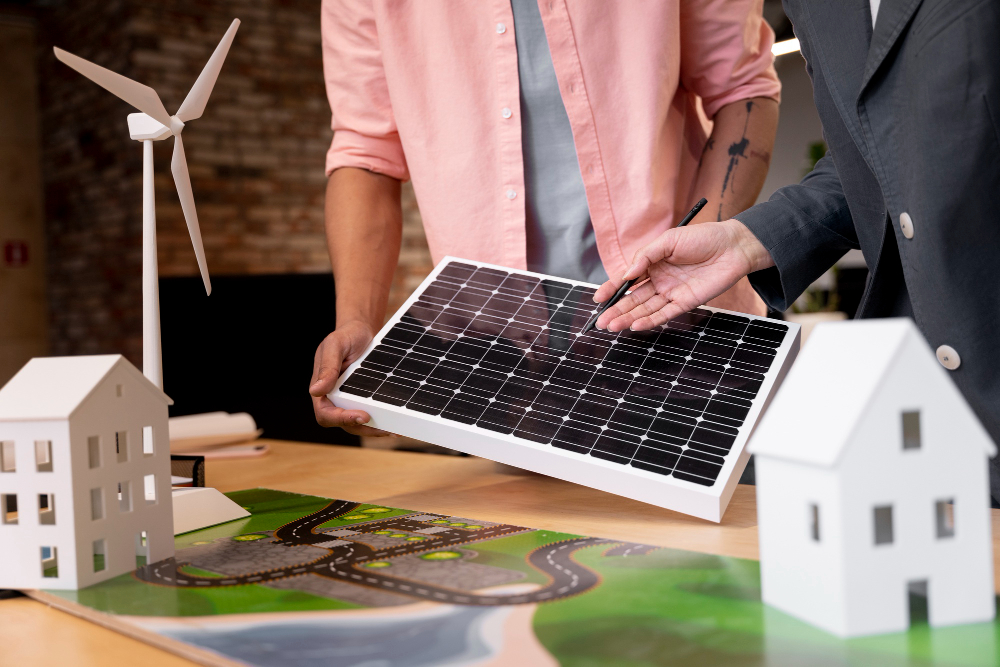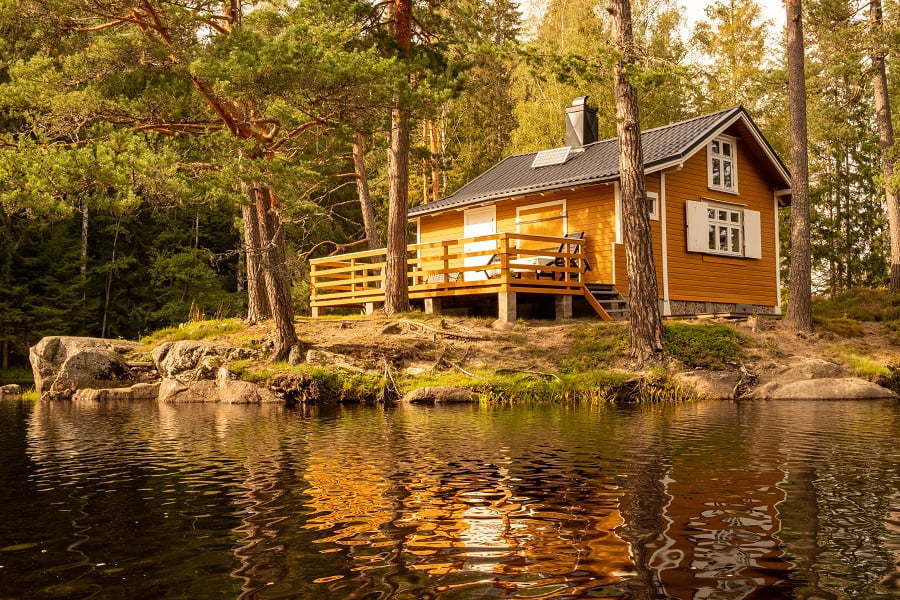Last updated on
Creating an environmentally friendly plumbing system is a great way to save energy and reduce your long-term costs. It’s also a fantastic way to help protect the environment by reducing water waste. With that in mind, here are some tips for creating an eco-friendly plumbing system that will keep both you and Mother Nature happy!
Reduce Water Consumption
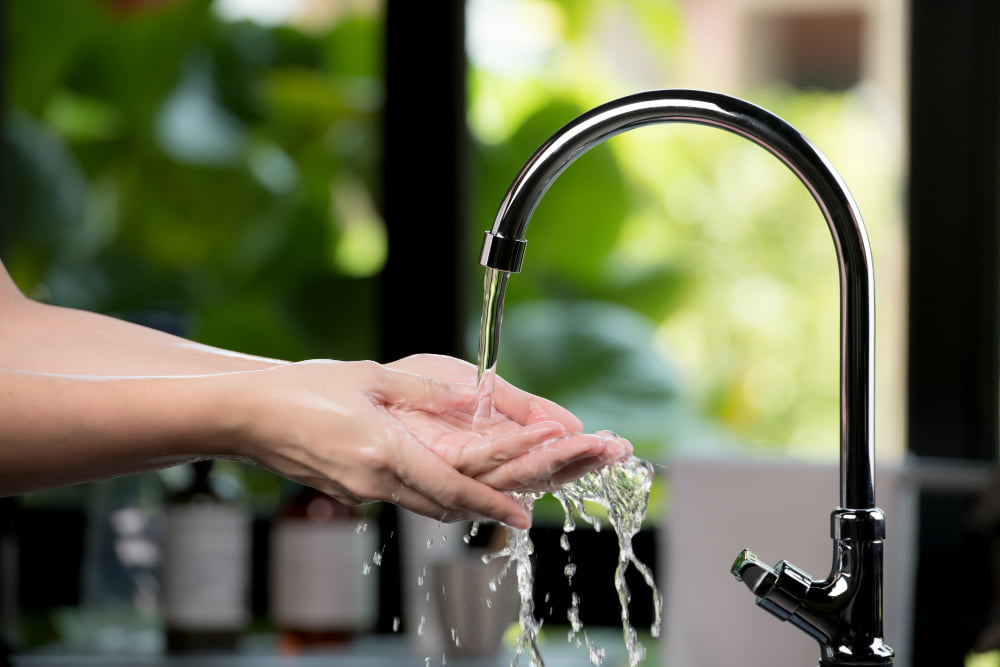
Making environmentally conscious choices in your home can make a significant impact on the planet. One of the most effective ways to reduce water consumption is by installing low-flow fixtures and toilets. Not only do these fixtures save water, but they can also save you money on your water bill.
Low-flow fixtures limit the amount of water that flows through the faucet or showerhead, while low-flow toilets use less water per flush. By making this simple switch, you can help conserve water and contribute to a more sustainable future for the planet.
Enhancing Eco-Friendly Plumbing Solutions with Tube Clamps
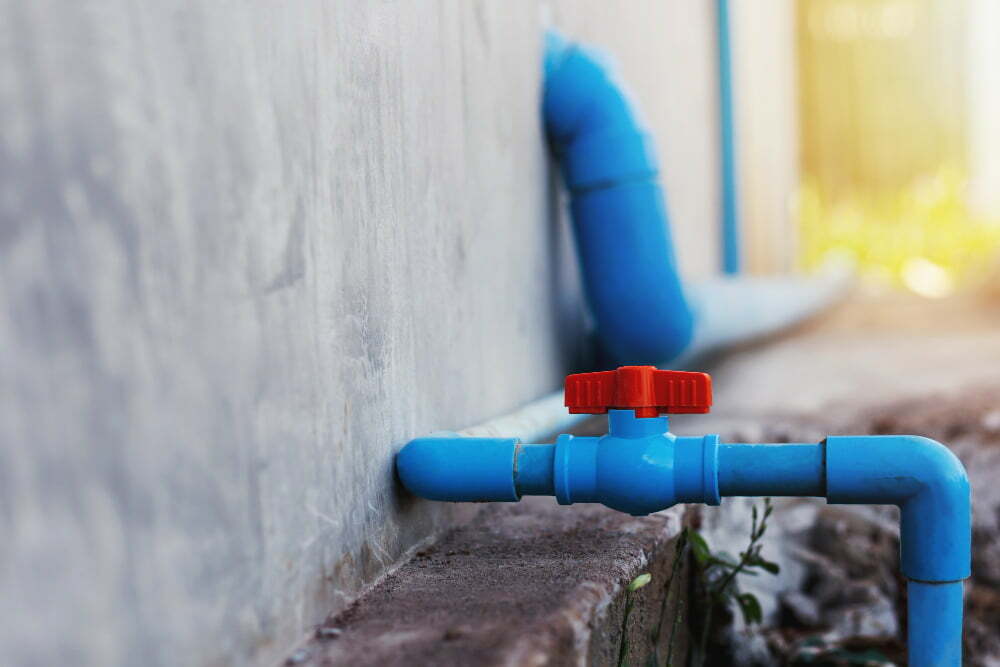
In the pursuit of crafting an environmentally conscious plumbing system, the role of tube clamps takes center stage. These unassuming yet impactful components play a vital role in promoting sustainability within your plumbing infrastructure. Tube clamps provide secure and stable support for pipes and tubing, minimizing the risk of leaks and reducing the need for excessive repairs or replacements.
Find tube clamp fittings that connect with your plumbing system for the most efficient plumbing solutions. By preventing unnecessary wastage of water and resources, tube clamps contribute to the overall efficiency of your plumbing system, aligning seamlessly with eco-friendly principles.
When integrating tube clamps into your plumbing design, consider their potential to optimize water conservation. Properly secured pipes and tubing eliminate leaks, which not only saves water but also prevents water damage that can lead to structural issues. Furthermore, tube clamps enable efficient routing and organization of pipes, ensuring minimal friction and pressure loss.
This not only enhances water flow but also reduces the energy required to pump water through the system, resulting in lower energy consumption and a smaller environmental footprint. Embrace the role of tube clamps as a sustainable solution, and it will empower your eco-friendly plumbing endeavors and contribute to a greener and more efficient home.
Insulate Hot Water Pipes to Minimize Energy Loss
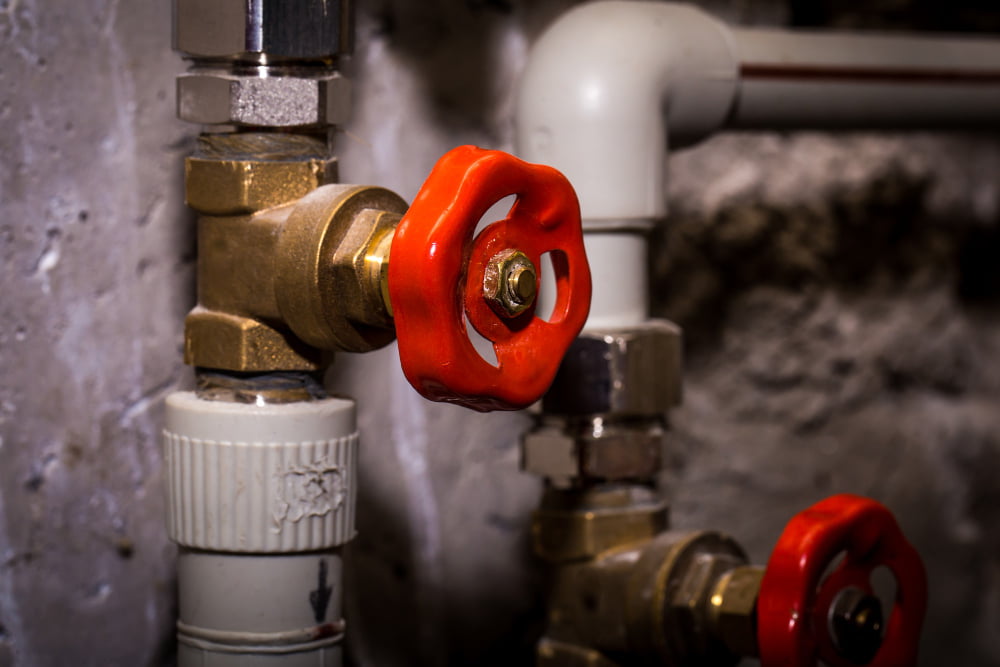
Hot water pipes are essential components of our everyday lives. From washing dishes to taking a hot shower, these pipes transport hot water throughout our homes. However, did you know that a significant amount of energy is lost through these very pipes?
Thankfully, there’s a practical solution to this problem: insulate them. Through this simple yet effective measure, we can greatly reduce the amount of energy wasted in transportation.
Not only will this result in lower energy costs for you, but it also has a positive impact on the environment. Let’s take a step towards sustainability by insulating our hot water pipes today!
Use Biodegradable Soaps and Cleaners to Help Protect the Environment

Using biodegradable soaps and cleaners is an easy and effective way to protect the environment. Traditional cleaning products can contain harmful chemicals that can pollute water sources and harm wildlife. Biodegradable options are made from natural ingredients that break down quickly and safely, leaving behind nothing harmful.
By choosing biodegradable cleaning products, you can do your part to keep our planet healthy and thriving. Additionally, environmentally friendly products are equally if not more efficient than their conventional equivalents. So why not make the switch and help protect our planet today?
Check Pipes Regularly for Potential Leaks or Clogs
Your plumbing system is something you don’t usually think about until something goes wrong. But taking preventative measures can save you time, money, and stress in the long run. One of the easiest ways to ensure your pipes are functioning properly is to check them regularly for potential leaks or clogs.
Leaks, no matter how small, can lead to major damage if left unchecked. Clogs can also cause backups and result in costly repairs.
By taking a few minutes to inspect your pipes on a regular basis, you can catch any issues early and avoid bigger problems down the road. So don’t wait until it’s too late, give your pipes the attention they deserve and keep your plumbing flowing smoothly.
Reuse Greywater for Landscaping and Gardening Purposes
Water scarcity is a growing concern around the world, and finding ways to conserve water is more important than ever. One way to conserve water is by reusing greywater for landscaping and gardening purposes. Greywater refers to the wastewater generated from household activities such as dishwashing, laundry, and bathing.
Instead of letting this water go to waste, it can be used to efficiently water plants and trees. Not only does this conserve water, but it also reduces the load on municipal water treatment plants. By using greywater, we can make a significant contribution to the environment while simultaneously enjoying the beauty of a healthy garden.
Install a Tankless Water Heater for Energy Efficiency and Lower Bills
Tankless water heaters are known for their energy efficiency and modern features. In contrast to conventional water heaters, these units don’t retain heated water in bulky tanks; rather, they heat water instantly as it passes through, delivering hot water as needed.
This means you only pay for the energy used to heat the water that you need, rather than constantly heating water in a tank that may not be used for hours. Not only will a tankless water heater save you money, but it also takes up less space and has a longer lifespan than traditional water heaters.
So why wait? Upgrade to a tankless water heater and start enjoying lower energy bills and increased convenience.
Taking on all of these eco-friendly changes in your home can have tremendous impacts on the environment by reducing our reliance on natural resources. Not only does this approach ensure that you’re doing your part to protect the planet, but it also may lead to a reduction in household expenses in the long run.
The simple steps of installing low-flow fixtures and toilets, learning about tube clamps, insulating hot water pipes, using biodegradable soaps and cleaners, checking pipes regularly for potential leaks or clogs, reusing greywater for landscaping and gardening purposes, and installing a tankless water heater can help you become more energy efficient and save significant amounts of money over time. An eco-friendly approach starts with taking action at home—let’s get started today!
Related reading:
Table of Contents


